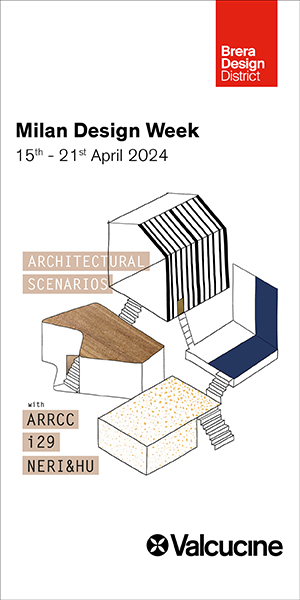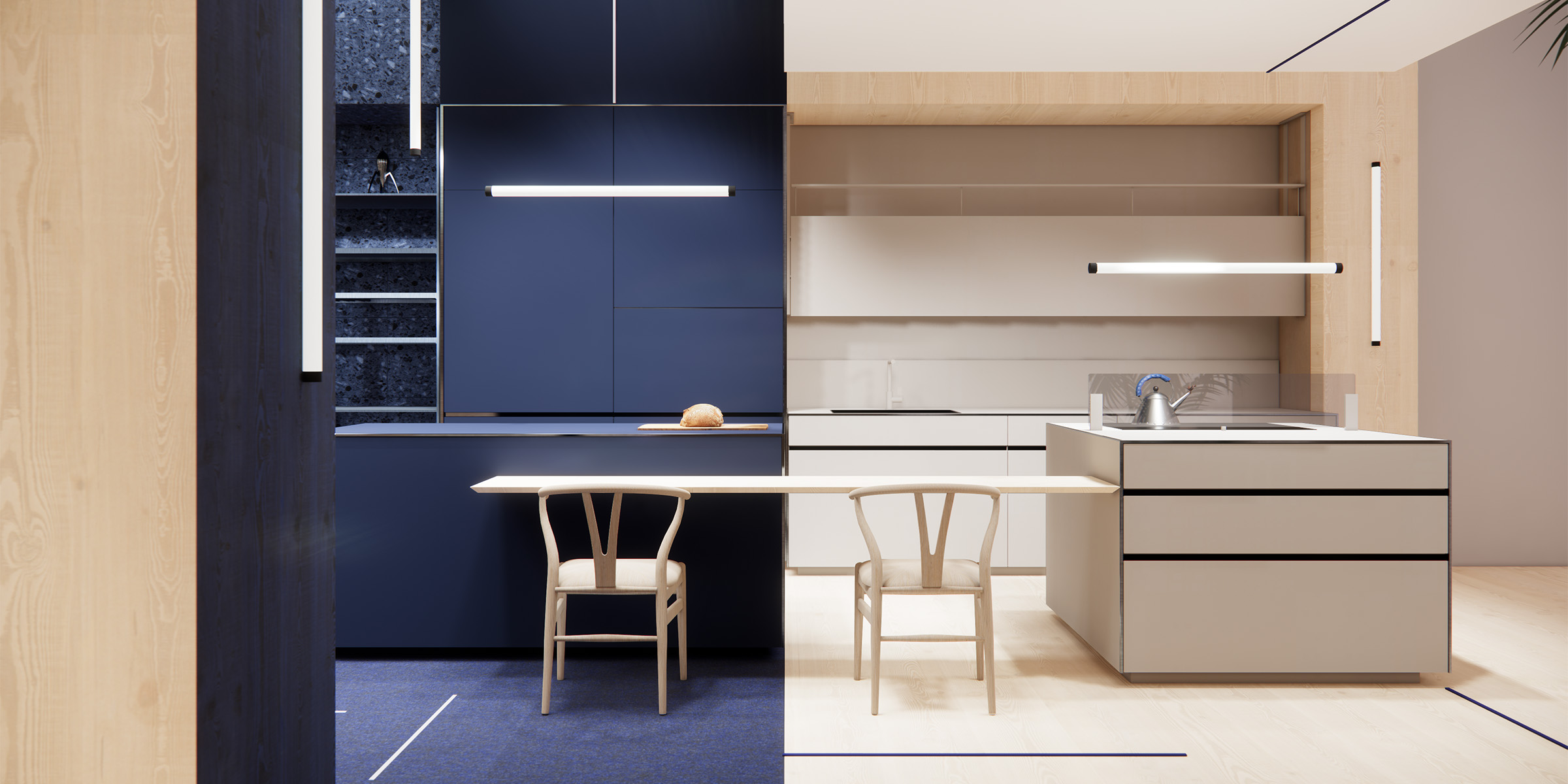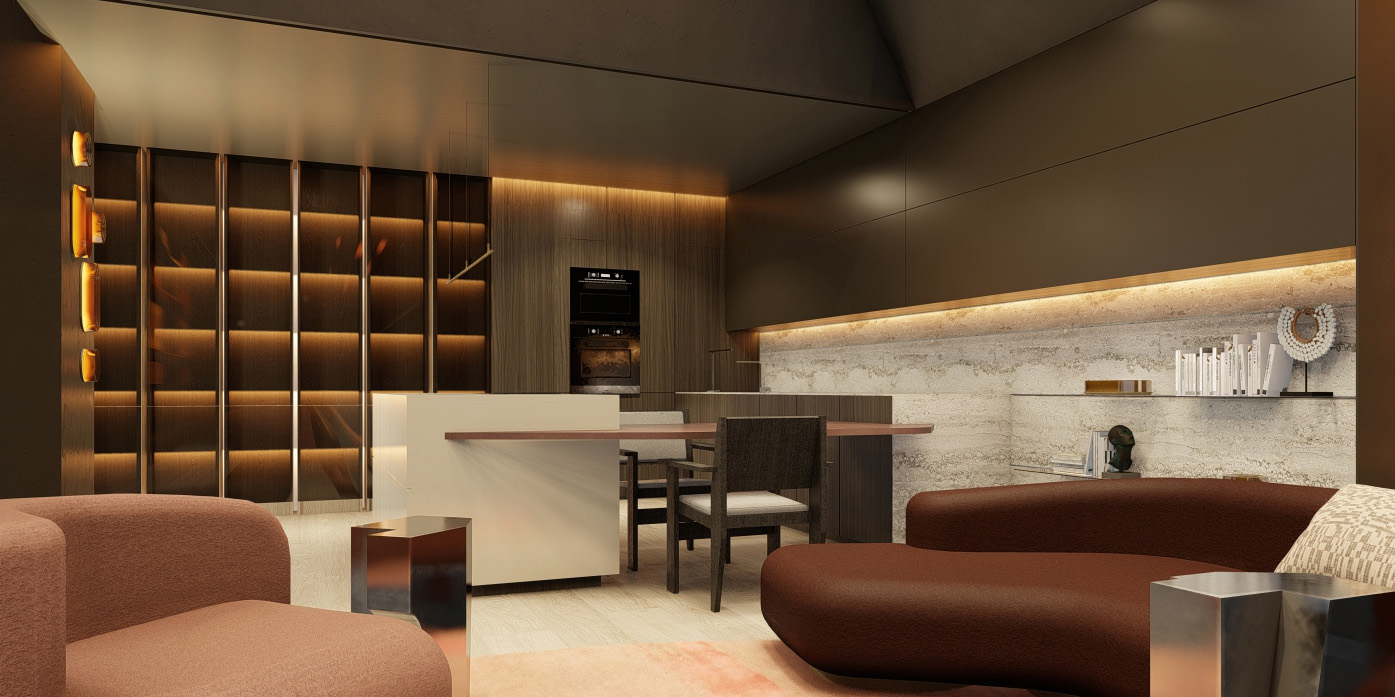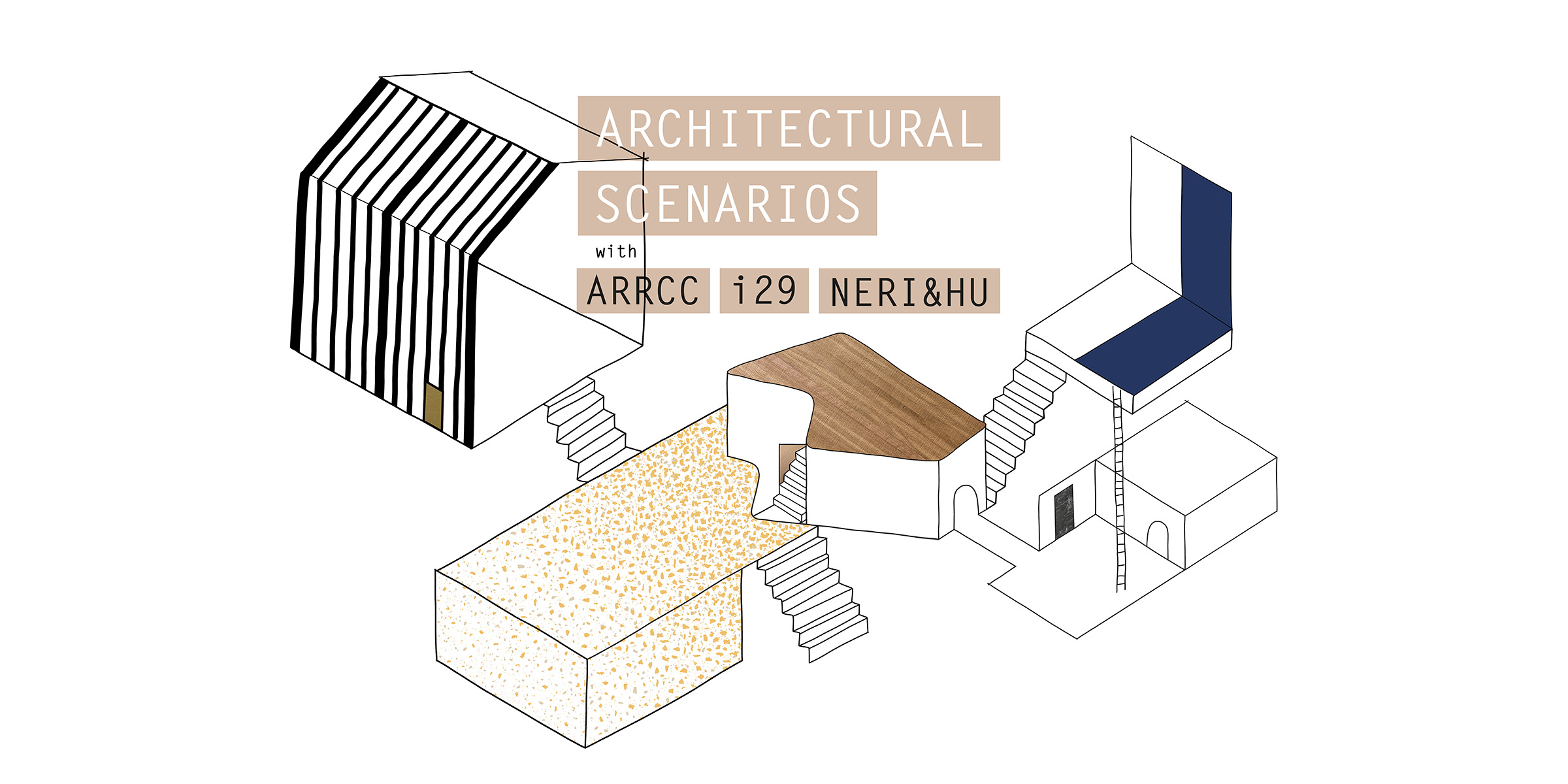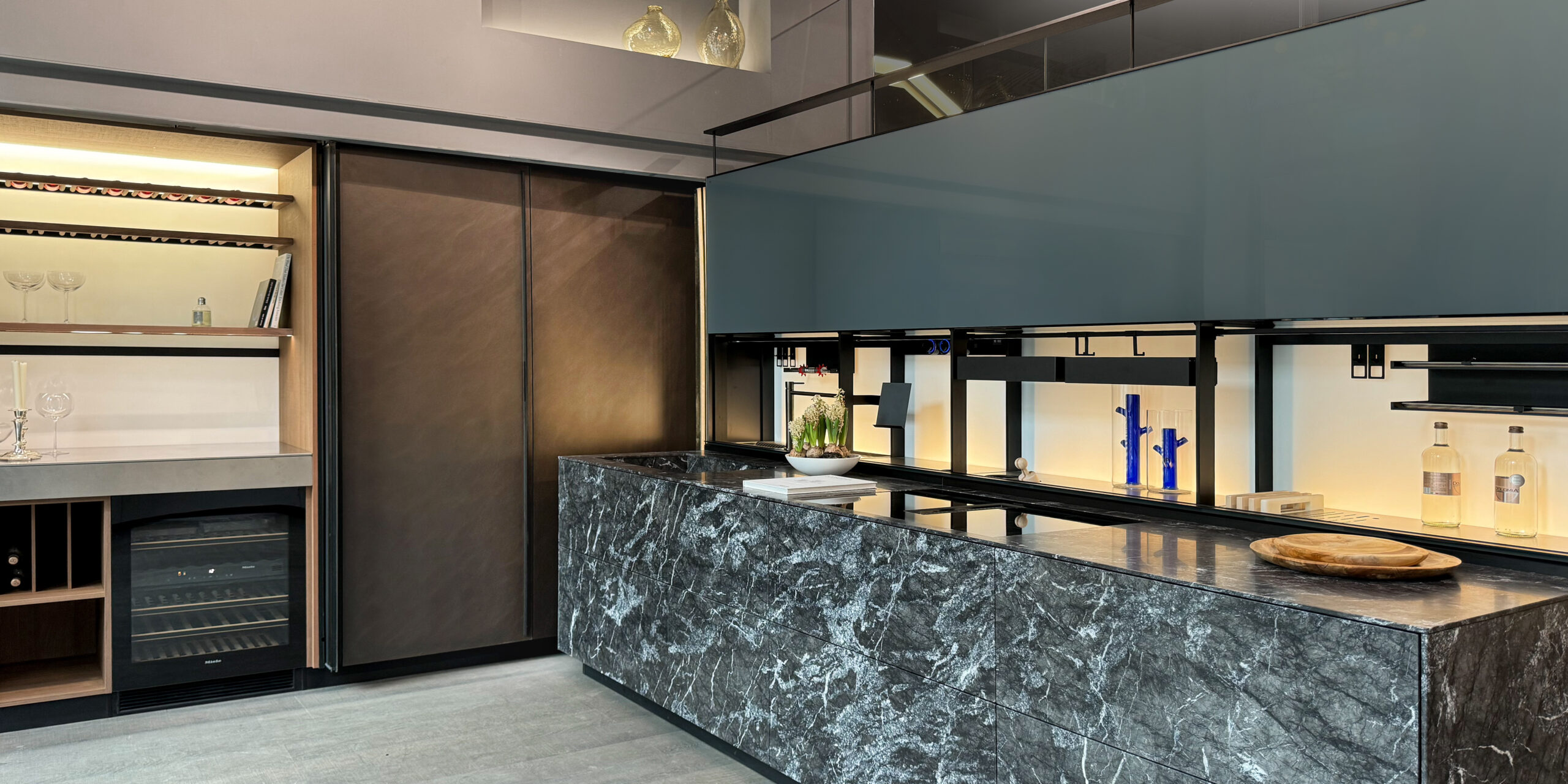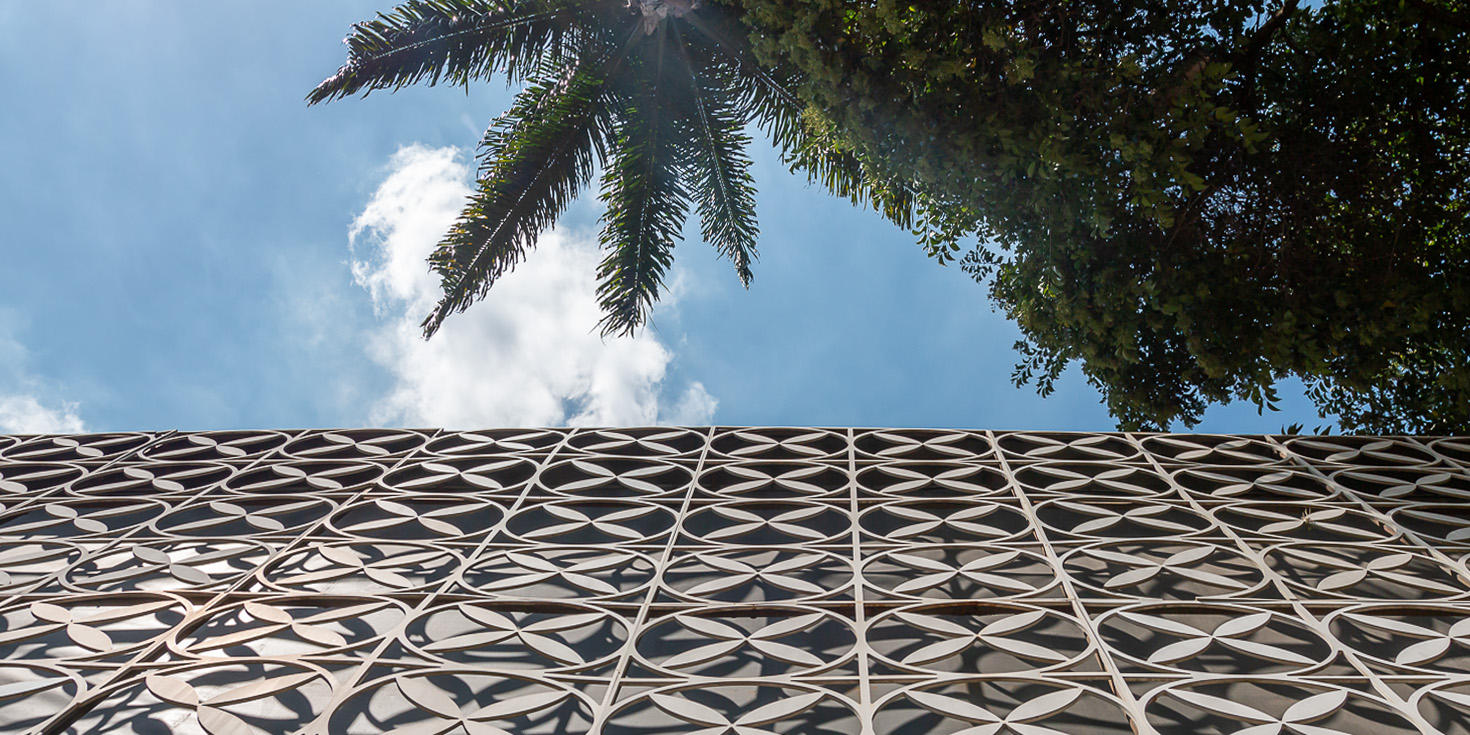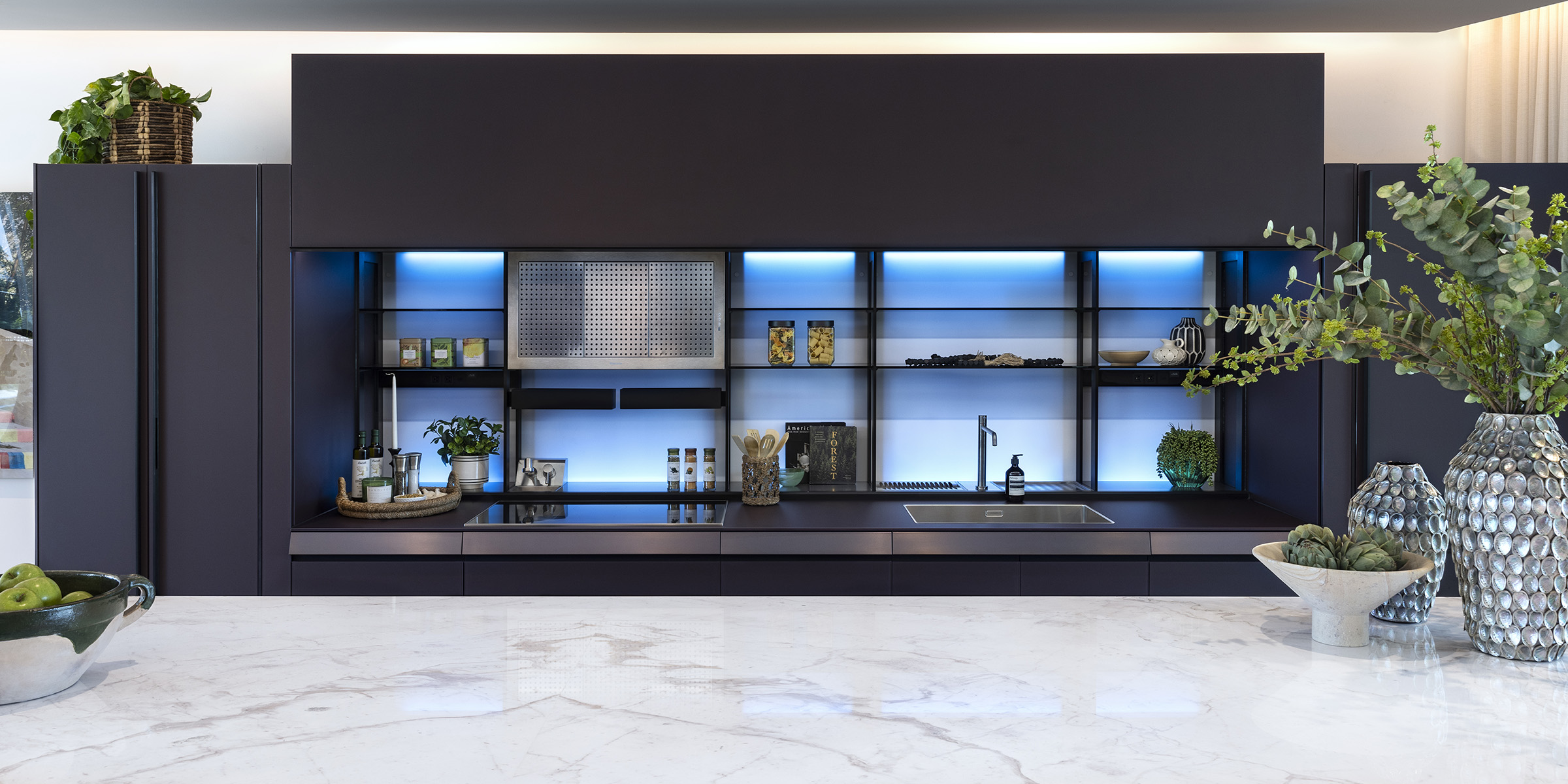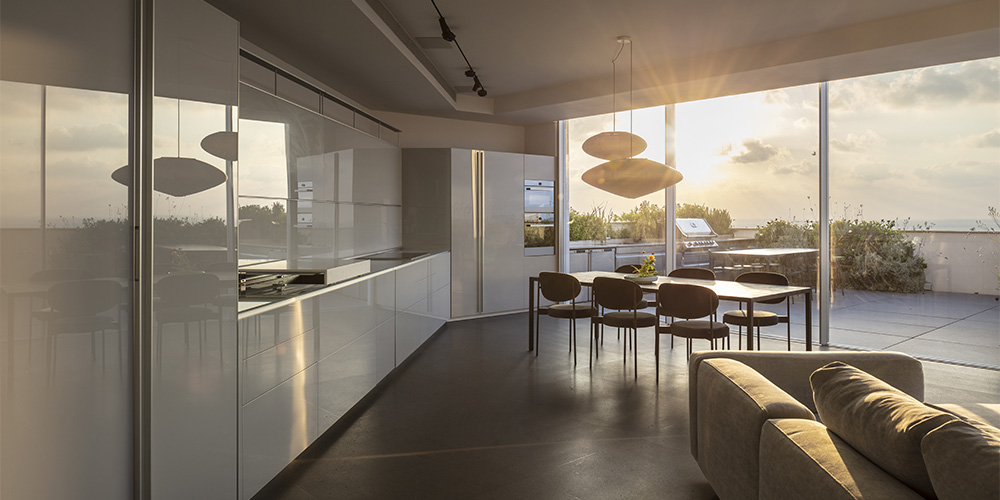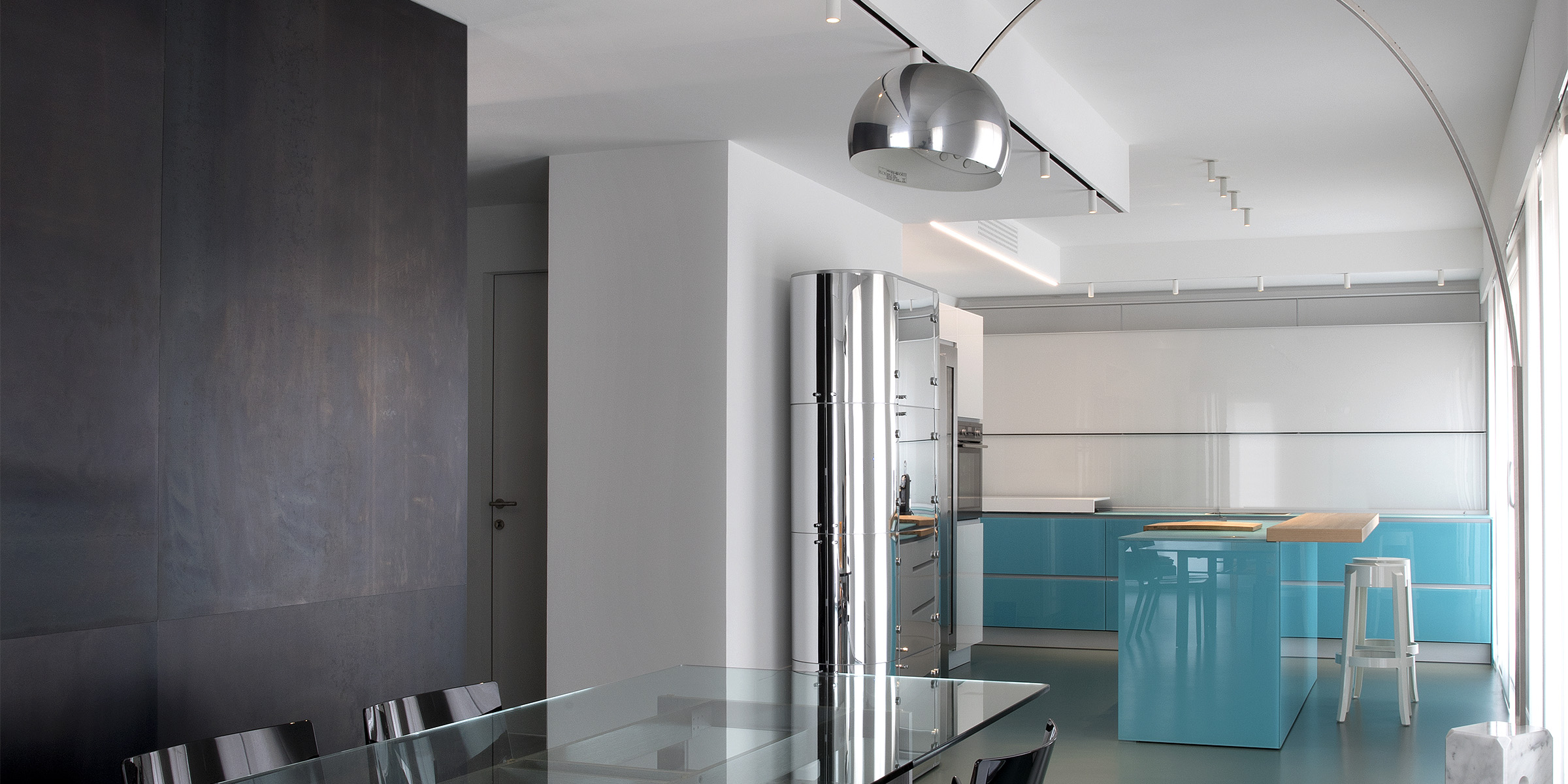User-friendly design: recognising the importance of ergonomics
Is your design user-friendly? Would your consumers suggest it to their friends?
When we talk about design we should keep in mind the final user, that is the characteristics and needs of who is going to make use of the product.
For example, why doesn't a new model of chair, beautiful to us, represent a successful product? Probably, because it does not fit the final consumer's physical, psychological or sociological needs; in other words, it does not consider ergonomics.
What is ergonomics and how does it influence the design rules?
The word ergonomics comes from two Greek words: “ergo”, which means “work”, and “nomos”, which means “laws”.
Ergonomics is the science, focused of the characteristics of human fit, that studies the relationship of people with the objects they use and the spaces they live in; in particular, trying to identify the possible solutions to fatigue and discomfort within product design. In fact, when the products fit the people that are using them, in any contexts, the result is high productivity and consumer satisfaction. Ergonomics involves all the production phases, including design, manufacturing and final use. As ergonomics is related to people needs, good designer should be familiar with posture, anthropometry, motion, as well as the space surrounding the design product.
There are plenty of differences among people body size and shape, mobility, strength, training, cognition, experience, emotions, and culture. Therefore, the role of ergonomists really play a significant role in the design process, providing knowledge about how to ensure a good fit between people, in the things they do and the products they use, in a specific context.
Recognising the importance of ergonomics involves the respect for the human being and is the first step towards a successful design. Entering consumer's mind is always useful to get the right perspective of a product's usability and effectiveness.
Too often working under pressure or influenced by commercial trends can compromise ergonomics principles; but in the last few years, user-friendly design and usability have become buzz-words together with eco-friendly. Creativity matches with ergonomics, innovation with people needs.
Considering now the kitchen product, the need to have everything on hand and to move freely and tirelessly is often not satisfied because furniture is rarely designed to meet the physical features of each user. When buying a product it is important to find out about the aspects that allow you to make a rational choice in order to avoid working in a kitchen in which getting into uncomfortable positions that are harmful for your health becomes inevitable.
When the authentic needs and priority are identified, kitchens are eco and user-friendly. Attention to functionality and respect for health. Give a look at Valcucine's customised kitchen in which technical aspects adapt perfectly to those who use them, like a tailor-made garment made-to-measure on the purchaser. Or discover how we have pursued and constantly pursue ideas that reduce or completely cancel the toxic emissions of furniture in domestic environments.
LATEST POSTS



